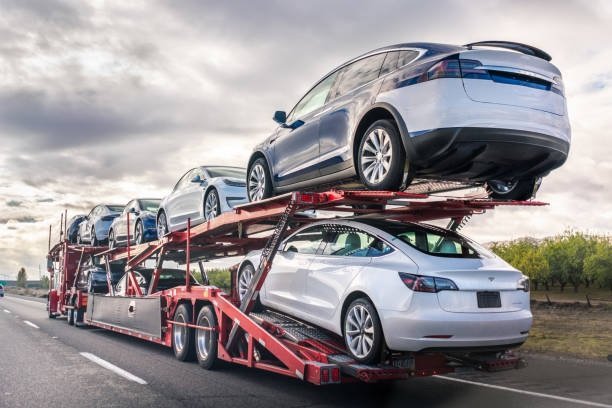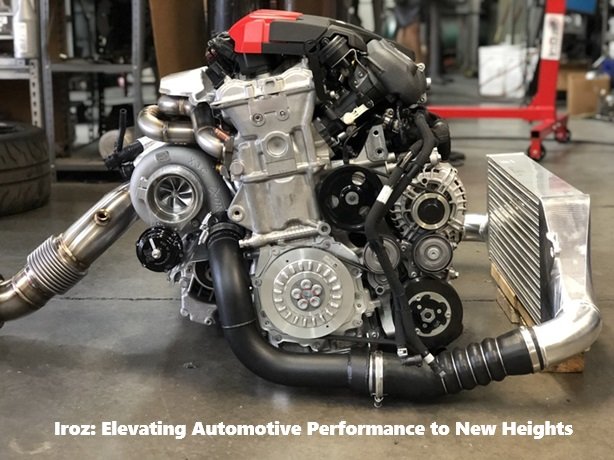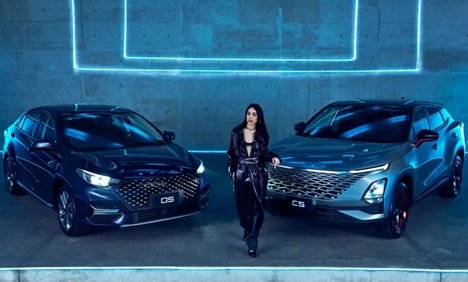Introduction History of Iconic Muscle Cars.
Muscle cars have long been a symbol of American culture, embodying power, speed, and rebellion. Emerging in the 1960s, these vehicles were designed to deliver high performance, featuring large V8 engines, aggressive styling, and affordable prices. The history of muscle cars is not only a tale of engineering excellence but also a story of how these vehicles became a cultural phenomenon, capturing the hearts of enthusiasts around the world. This article will explore the evolution of iconic American muscle cars, from their inception to their lasting legacy today.
The Origins of the Muscle Car Era
The muscle car era began in the early 1960s when American automakers started to experiment with putting larger engines into mid-sized cars. The aim was to create affordable, powerful vehicles that could perform well on the road and at the drag strip. The term “muscle car” itself came to define this new breed of performance cars, characterized by their high horsepower, rear-wheel drive, and lightweight bodies.
The Pontiac GTO: The First True Muscle Car
The Pontiac GTO, introduced in 1964, is widely regarded as the first true muscle car. Often called “The Goat,” the GTO was born out of a desire by General Motors to create a car that would appeal to younger buyers looking for speed and style. With a 389 cubic inch V8 engine producing 325 horsepower, the GTO was a game-changer. It quickly became a sensation, with its combination of affordability, power, and style setting the stage for other manufacturers to follow.
The Golden Age: Late 1960s to Early 1970s
The late 1960s to early 1970s are often referred to as the golden age of muscle cars. During this period, American automakers were in fierce competition to produce the most powerful and stylish cars, resulting in some of the most iconic models ever made.
The Ford Mustang: Birth of a Legend
Introduced in 1964, the Ford Mustang revolutionized the automobile industry and established itself as one of the most recognizable muscle cars in history. The Mustang offered a variety of engine options, including a powerful 289 cubic inch V8. Its sleek design, affordability, and performance made it an instant hit, giving birth to a new segment known as “pony cars.” The Mustang’s success led to the development of rival models such as the Chevrolet Camaro and Dodge Challenger.
The Chevrolet Camaro: The Mustang Rival
In response to the Mustang’s success, Chevrolet introduced the Camaro in 1966. Marketed as a “pony car,” the Camaro offered a range of powerful engines, including the 396 cubic inch V8 that could produce up to 375 horsepower. The Camaro quickly gained popularity for its performance and aggressive styling. The rivalry between the Camaro and Mustang became a defining feature of the muscle car era, fueling innovation and pushing both brands to create increasingly powerful and stylish cars.
The Dodge Charger and Plymouth Road Runner: Mopar Muscle
Chrysler’s contribution to the muscle car era came in the form of the Dodge Charger and Plymouth Road Runner. The Charger, introduced in 1966, was known for its sleek design and powerful Hemi engine options, making it a favorite among muscle car enthusiasts. The Road Runner, introduced in 1968, focused on affordability and performance, with its 383 cubic inch V8 engine and minimalist design aimed at delivering maximum speed without unnecessary frills. Both cars became icons of the era, known for their power and rugged appeal.
The Decline of the Muscle Car Era
By the early 1970s, the muscle car era began to decline due to several factors. The 1973 oil crisis led to skyrocketing fuel prices, making large, gas-guzzling engines less appealing. Additionally, new government regulations on emissions and safety forced manufacturers to reduce horsepower and make other modifications. Insurance companies also started to raise premiums on high-performance vehicles, further reducing their popularity.
Despite these challenges, some muscle cars continued to be produced, but they were no longer the high-performance machines of the 1960s. The focus shifted to fuel efficiency, and the golden age of muscle cars came to an end.
The Revival of Muscle Cars in the Modern Era
While the muscle car era seemed to be over, the 1980s and 1990s saw a renewed interest in performance cars. American automakers began to reintroduce muscle cars with modern technology and design elements. This revival was characterized by a blend of classic muscle car aesthetics with advanced engineering.
The Ford Mustang: A New Generation
The Ford Mustang remained in production throughout the 1980s and 1990s, undergoing various redesigns to adapt to changing market demands. However, it wasn’t until the release of the fifth-generation Mustang in 2005 that the car truly recaptured its muscle car roots. With its retro-inspired design and powerful V8 engine options, the Mustang once again became a symbol of American performance, appealing to a new generation of car enthusiasts.
The Chevrolet Camaro and Dodge Challenger: Back in the Game
Following the Mustang’s success, Chevrolet and Dodge also revived their iconic muscle cars. The Chevrolet Camaro returned in 2010 after an eight-year hiatus, featuring a retro design and powerful engine options, including the SS model’s 6.2-liter V8. The Dodge Challenger reintroduced in 2008, also embraced its classic design elements while offering modern performance features, such as the supercharged Hellcat engine, which produced over 700 horsepower.
The Legacy of American Muscle Cars
Today, muscle cars continue to capture the imagination of automotive enthusiasts around the world. They are celebrated for their raw power, distinctive styling, and cultural impact. Modern muscle cars like the Ford Mustang, Chevrolet Camaro, and Dodge Challenger offer advanced technology, improved safety, and enhanced performance while retaining the spirit of their predecessors.
Muscle Cars in Popular Culture
Muscle cars have left an indelible mark on popular culture. They have been immortalized in movies, television shows, music, and even video games. From Steve McQueen’s iconic car chase in “Bullitt” featuring a 1968 Mustang GT to the “Fast and Furious” franchise, muscle cars have become synonymous with high-speed action and excitement.
Conclusion
The history of iconic muscle cars is a testament to American ingenuity, passion, and love for the open road. From the Pontiac GTO that ignited the muscle car craze to the modern revivals of the Ford Mustang, Chevrolet Camaro, and Dodge Challenger, these vehicles have become legends in their own right. While the golden age of muscle cars may have ended in the 1970s, their legacy lives on, continuing to inspire car enthusiasts and shape the future of automotive design. As long as there is a desire for speed, power, and freedom, muscle cars will remain a cherished part of American culture.



